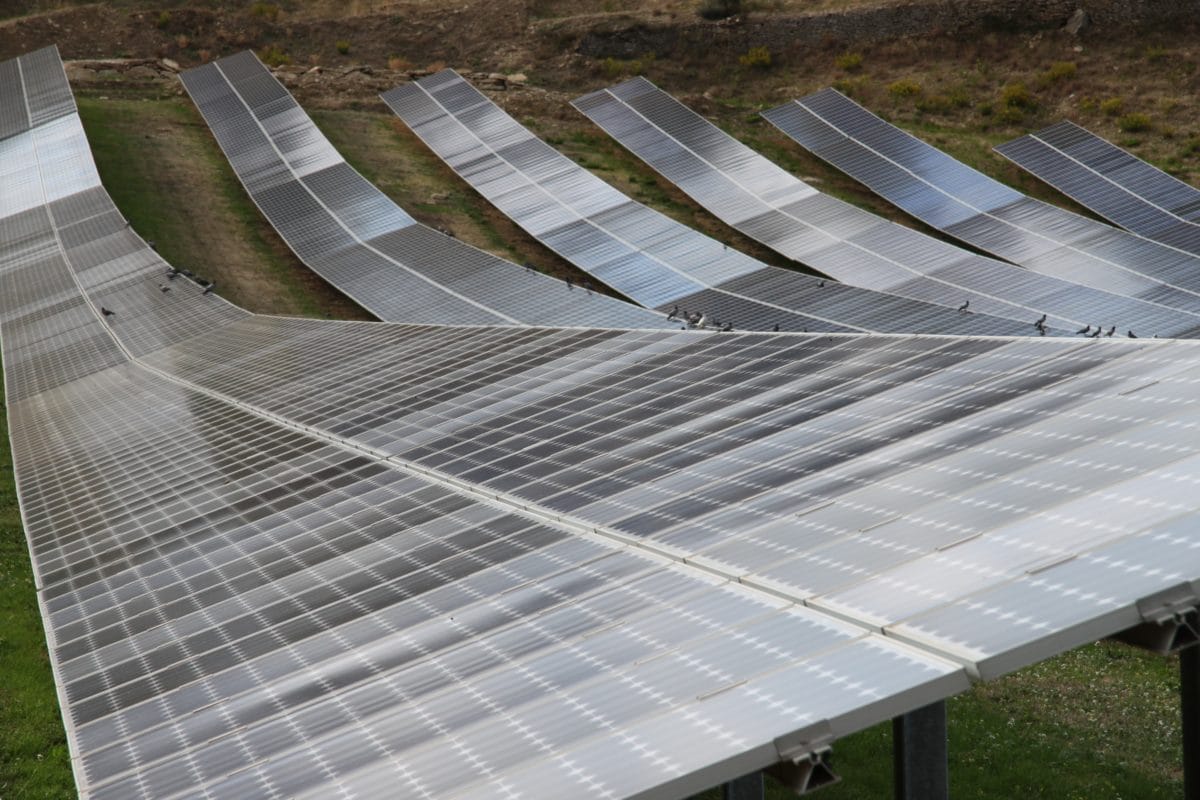Oxford-based power analytics provider Aurora Energy Research expects unsubsidized solar PV capacity will reach 57 GW in Italy by 2040. According to the company, power purchase agreements will be the main tool used to mitigate risks and obtain financing.
On the demand side, stakeholder pressure will be the main driver. “Corporate and utility PPA demand may reach almost 60 TWh in 2030, exceeding the generation coming from the grid-parity solar and onshore wind capacities,” said Matteo Coriglioni, market lead at Aurora Energy Research.
The number of deals grew significantly over the last year. “Italy now accounts for close to a third of all European PPA offers on our marketplace,” said Flemming Sørensen, vice president of Seattle-based LevelTen, the world’s largest marketplace for PPAs. “They have raced past Spain, Germany, and the UK. It has been in the lead in Europe for the last two to three quarters.”
Italy’s share of total European PPAs was 11% in Q2 2020.
In terms of prices, after dropping between Q2 and Q3 of 2020, Italian solar PPAs have remained stable through Q4 2020 and Q1 2021, in the 41-42 €/MWh range, according to data from LevelTen.
As the Italian solar industry grows and supply goes up, it is likely that prices may register decreases in the next two years, following a similar trend in Spain, but for different reasons, Sørensen said.
“The recent renewable energy auction in Spain has contributed to even more competitive pricing for corporate and utility PPAs. And this is likely to continue,” Sørensen told pv magazine.
The Italian government should have issued the decree to establish the market platform for the negotiation of PPAs almost two years ago. The GME, the company managing the electricity market, has carried out the public consultation but has not launched the platform yet.
“This massive build-out is driven by two main reasons,” noted Aurora senior analyst Michele Scolaro. “On the one hand, improving economics with rising power prices and decreasing technology costs. On the other hand, the current subsidy scheme does not allow solar plants built on agricultural lands to participate in the auction for subsidies, leaving these plants with no alternatives other than going merchant.”
Grid-parity projects face significant risks, exacerbated by Italian geography — namely, the mismatch between solar radiation and electricity demand. Significant infrastructure upgrades will be needed in the next five to 10 years to increase the interconnection capacity between the different zones.
The pressure on the grid will increase, and the limited capacity will result in higher cannibalization of capture prices for the plants in the south and on the islands. This is a risk that developers of merchant assets need to consider and hedge against, explained Scolaro.
“Even accounting for the planned upgrades of the grid infrastructure, we expect capture prices in the southern regions to be 10 to 15% lower than in the northern ones already by 2030,” Scolaro told pv magazine. “This effect will be particularly intensified in Sicily, where developers are currently focusing their attention.”
With regards to the contracts, the majority of tenures has been between zero and five 5 years, “which is unusual with respect to other European markets, and not great for the financing of merchant projects,” said senior analyst Carlotta Piantieri, explaining that 67% of the PPAs in Italy are from solar PV.
“More recently, we have seen more PPAs with longer tenors (seven to 10 years), as well as more corporate off-takers, such as Amazon and Sofidel,” Piantieri told pv magazine.
Small power retailers will also play a key role in the future. “Since the economic fabric of Italy is composed of several SMEs, poolings of off-takers might emerge in the coming years,” he further explained. “Poolings would also be a tool to address off-takers’ creditworthiness issues, that are important to be able to realize a PPA contract, especially in difficult economic times as today.”
According to Pianteri, as the market is maturing, off-takers should “get more comfortable with signing longer tenors. This will have implications on the PPA price, not only due to the value of energy, but especially since the higher value at risk on the off-taker’s balance sheet.”
This content is protected by copyright and may not be reused. If you want to cooperate with us and would like to reuse some of our content, please contact: editors@pv-magazine.com.



1 comment
By submitting this form you agree to pv magazine using your data for the purposes of publishing your comment.
Your personal data will only be disclosed or otherwise transmitted to third parties for the purposes of spam filtering or if this is necessary for technical maintenance of the website. Any other transfer to third parties will not take place unless this is justified on the basis of applicable data protection regulations or if pv magazine is legally obliged to do so.
You may revoke this consent at any time with effect for the future, in which case your personal data will be deleted immediately. Otherwise, your data will be deleted if pv magazine has processed your request or the purpose of data storage is fulfilled.
Further information on data privacy can be found in our Data Protection Policy.